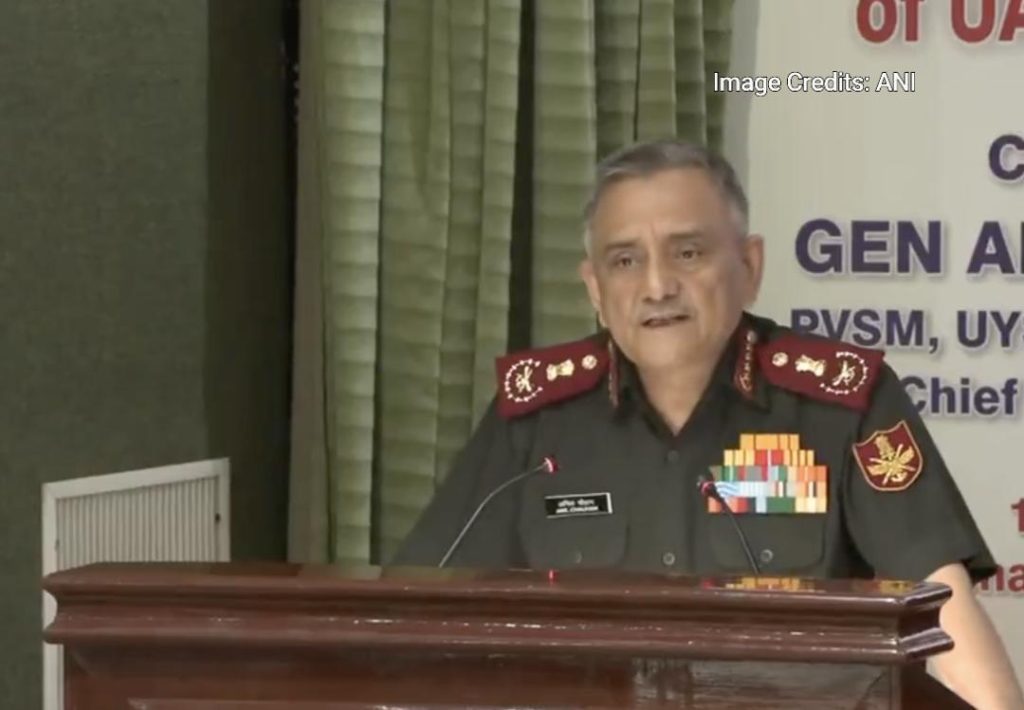
Pak used unarmed drones & loitering munitions: CDS Anil Chauhan
The recent conflict between India and Pakistan has raised several questions about the role of unmanned aerial vehicles (UAVs) and loitering munitions in modern warfare. In a recent statement, Chief of Defence Staff (CDS) General Anil Chauhan shed light on the use of these drones by Pakistan during the conflict in May. According to General Chauhan, Pakistan used unarmed drones and loitering munitions, but fortunately, none of them inflicted any damage to the Indian military or civil infrastructure.
In an address to the media, General Chauhan revealed that most of the drones used by Pakistan were neutralized through kinetic and non-kinetic means. “Some of them were even recovered in almost intact conditions,” he added. This statement suggests that India’s military was well-prepared to handle the situation and effectively countered Pakistan’s use of drones.
The use of unarmed drones and loitering munitions by Pakistan is not a new tactic, but it is gaining popularity in modern warfare due to its potential to gather intelligence, disrupt enemy operations, and cause damage. Loitering munitions, in particular, are designed to loiter over a target area for an extended period, waiting for the perfect moment to strike. They are often used to target high-value assets, such as command centers, military installations, and critical infrastructure.
Pakistan’s decision to use unarmed drones and loitering munitions during the conflict is likely a response to India’s strategic use of these technologies. India has been investing heavily in its drone capabilities, developing advanced systems that can perform a range of tasks, from reconnaissance to precision strikes. Pakistan, therefore, may have seen the use of unarmed drones and loitering munitions as a way to counter India’s drone capabilities and level the playing field.
However, the effectiveness of Pakistan’s drone strategy has been questioned by experts. General Chauhan’s statement suggests that India’s military was able to neutralize most of the drones used by Pakistan, which raises questions about the reliability and effectiveness of these systems. Additionally, the use of unarmed drones and loitering munitions requires significant resources and infrastructure, which may not be readily available to Pakistan.
The use of drones and loitering munitions in modern warfare also raises concerns about the potential for collateral damage and civilian casualties. General Chauhan’s statement that none of the drones used by Pakistan inflicted damage on Indian military or civil infrastructure is a reassuring sign that India’s military was able to prevent any significant harm to civilians. However, the risk of collateral damage and civilian casualties remains a significant concern in modern warfare, and it is essential that nations adopt measures to minimize these risks.
In conclusion, the use of unarmed drones and loitering munitions by Pakistan during the conflict in May is a significant development in modern warfare. While Pakistan’s decision to use these technologies may have been motivated by a desire to counter India’s drone capabilities, the effectiveness of this strategy has been questioned by experts. General Chauhan’s statement that India’s military was able to neutralize most of the drones used by Pakistan and prevent any significant harm to civilians is a reassuring sign that India is well-prepared to handle the challenges of modern warfare.






